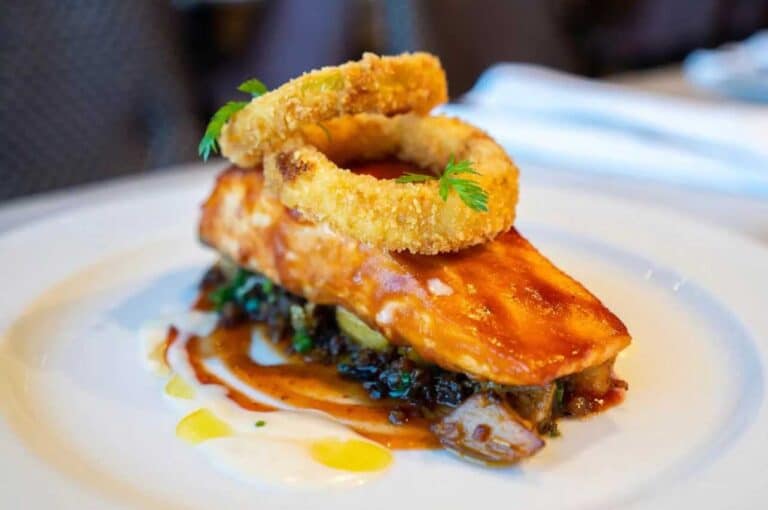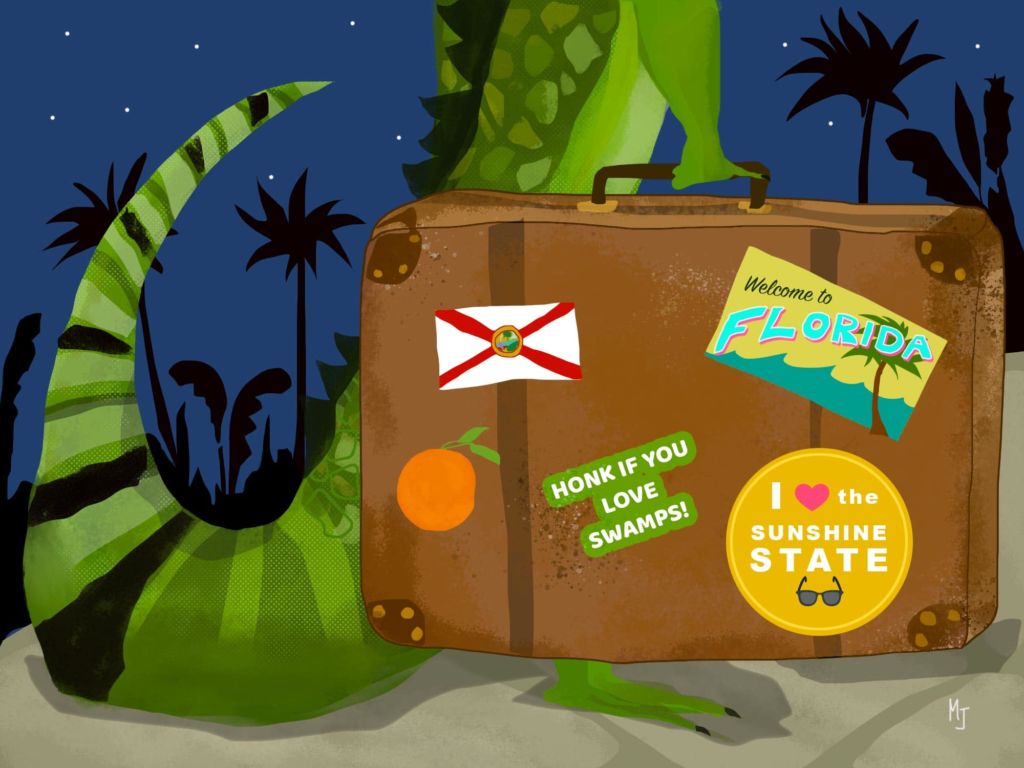
What does the term “invasive species” mean to you? As a Floridian, we’re not referring to your cousin Larry from Ohio who insists on visiting every spring break. Or the legions of sports fans for the Yankees, Red Wings and Packers who pack our arenas when their teams come to town.
Rather, an “invasive species” is a critter – plant, fish, animal, etc. – that is not native to Florida yet makes its home here and proves to be a rather rude inhabitant. Our state already has its hands full with the native species known as “Florida Man,” so asking us to put up with 16-feet-long snakes, venomous fish and spiky-spined lizards is really a bridge too far.
Here are seven invasive species currently plaguing Florida and the stories behind their unwanted presence.
Burmese Python
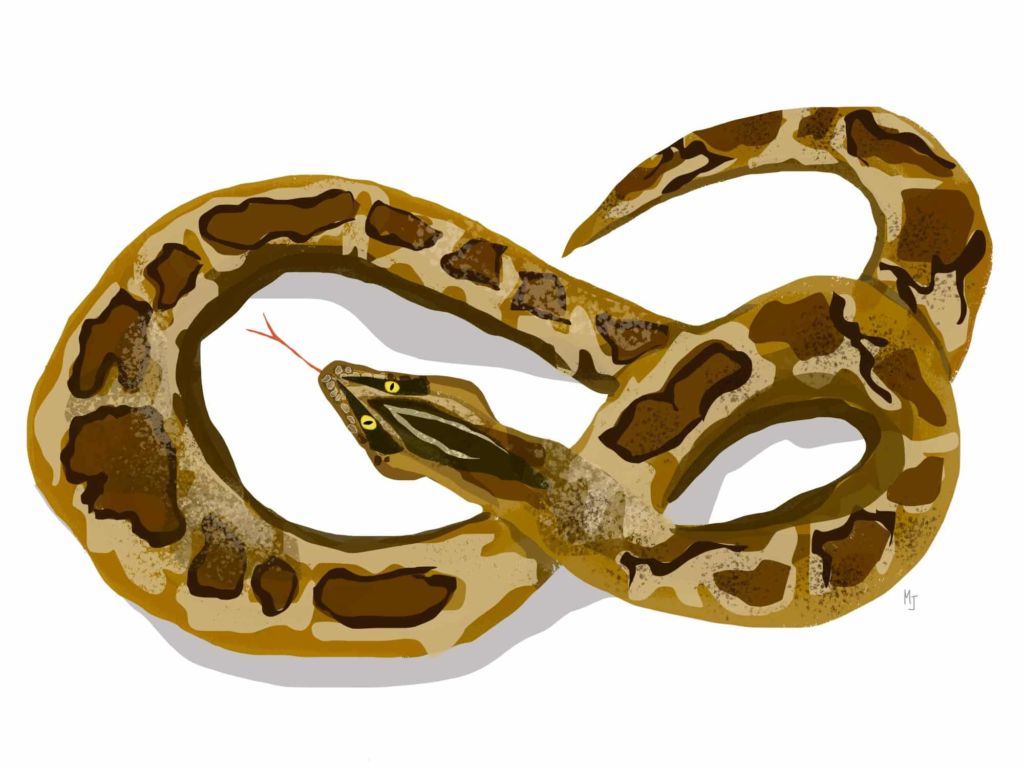
As its name implies, the Burmese python naturally makes its home in Southeast Asia, where it enjoys the habitat of swamps and marshes. What other part of the world has its share of swamps and marshes? If you guessed Florida, give yourself a high five.
One of the world’s largest species of snakes, the pythons became popular among pet owners in the United States who problematically abandoned the creatures once they reached their adult size – which can be up to 16 feet long. But the biggest issue came in 1992 in the wake of Hurricane Andrew. The storm devastated South Florida and blew the roofs off several exotic wildlife facilities in the region. The pythons housed there, sensing newfound freedom, high-tailed it into the Everglades and have been prolifically reproducing ever since – females can lay up to 100 eggs per year. That didn’t bode well for the falcons, opossums and other small inhabitants of the swamps.
To help stop the invasion, the state of Florida authorizes the humane killing of pythons on private land – no permit or license required.
Lionfish
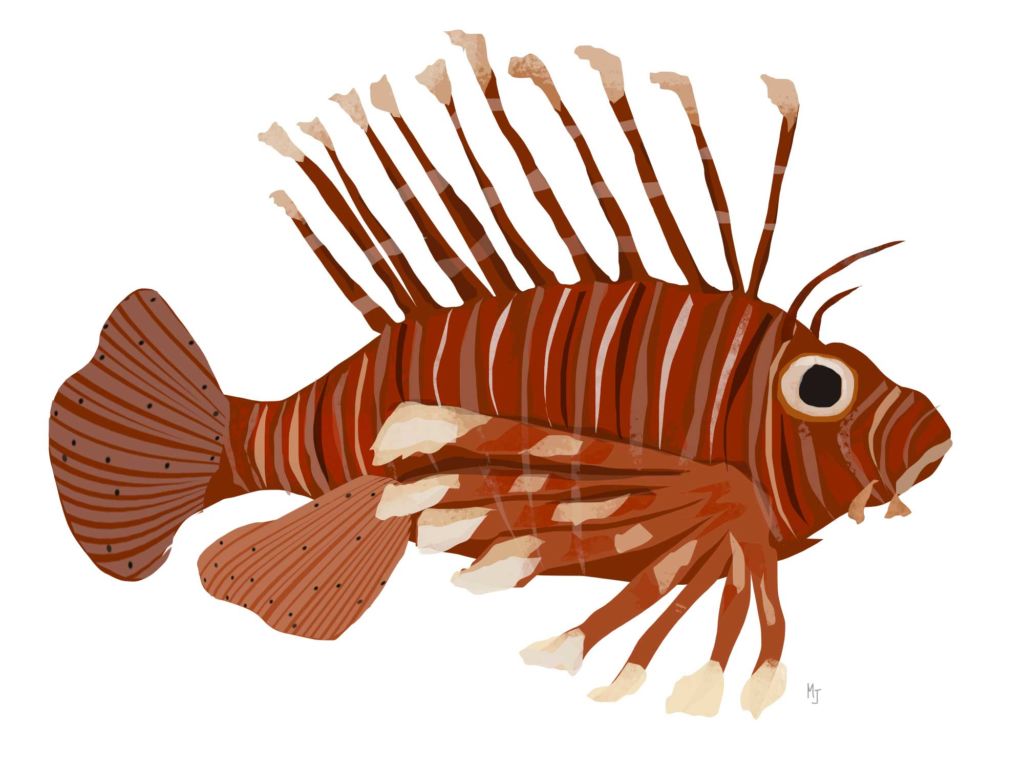
The lionfish might look like it could star in your home aquarium, but this little fellow is a real bully in the waters around Florida. Unlike pythons, a lionfish is a relatively small creature, usually measuring between 4 to 12 inches.
The lionship is the most dreaded invasive fish in Florida. The origin of their introduction is largely believed to be a result of saltwater aquarium hobbyists dumping the fish into the ocean when they grew too big.
Sadly due to their venomous spines, these fish have no natural predator in the sea. (Stings to humans are usually accidental but painful. Treat them with ice, antibiotic cream and an over-the-counter pain reliever.)
These days, it’s against Florida law to import lionfish for aquariums, and those who encounter the fish in open waters are encouraged to kill and eat them. Google “lionfish recipes” for some great meal ideas. (The taste is often described as moist, buttery and tender.)
Rhesus Macaque Monkey
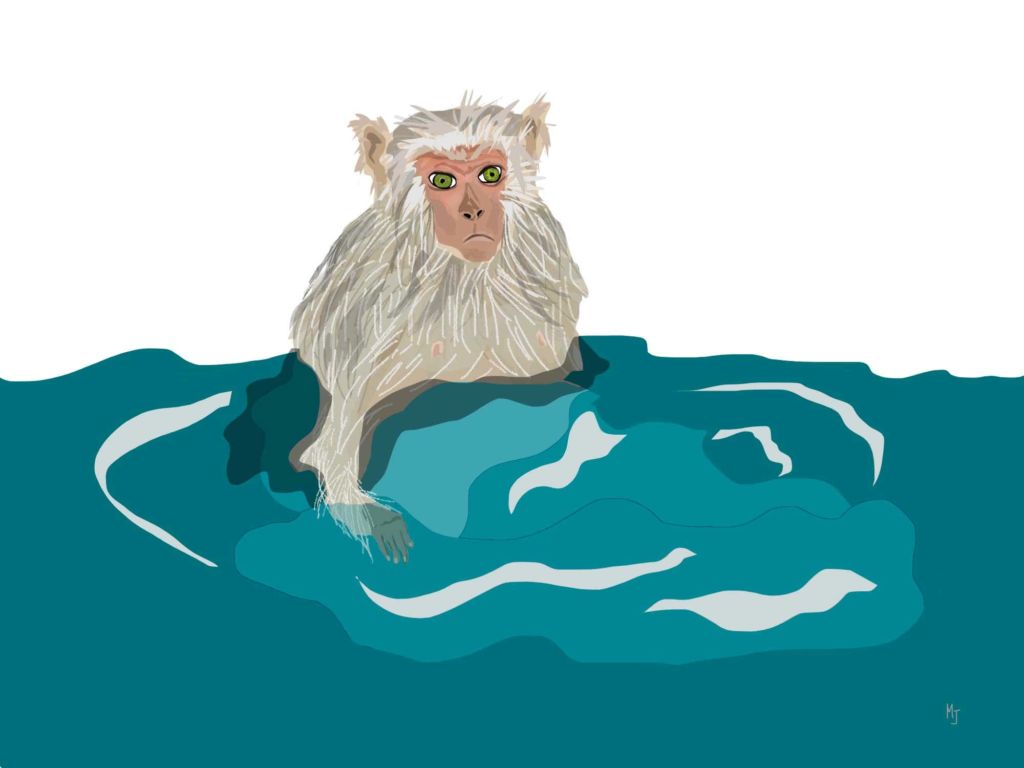
Oh, let’s not be so formal, just call this little critter a rhesus monkey. With brown or grey fur with a pink face, these monkeys usually grow to about 17 pounds and are known to be prolific swimmers, sometimes known to swim up to a half-mile at a time. (Foreshadowing alert!) They’re native to India, Thailand, Afghanistan, Vietnam, southern China and – oh yes – Florida now.
One urban legend has it that they arrived in Florida around the Silver Springs area in the late 1930s as part of a “Jungle Cruise” attraction owned by “Colonel Tooey.” Another report says they were deposited here as “extras” for the 1939 movie “Tarzan Finds a Son.” In any case, the monkeys swam away, multiplied and now are another menace in a state that doesn’t need any more headlines.
“We tell people not to approach them, not to feed them, because we want people to stay safe,” Craig Littauer, a Florida park services specialist, told the Washington Post in 2020. It turns out that monkeys – like most wild animals – can act unpredictably.
What’s the big danger? People can get herpes B from a scratch or bite by an infected monkey. Reported cases are rare, but better safe than sorry, right? So don’t share any bananas – feeding them is discouraged anyway – and just enjoy the monkeys from afar.
Cuban Tree Frog
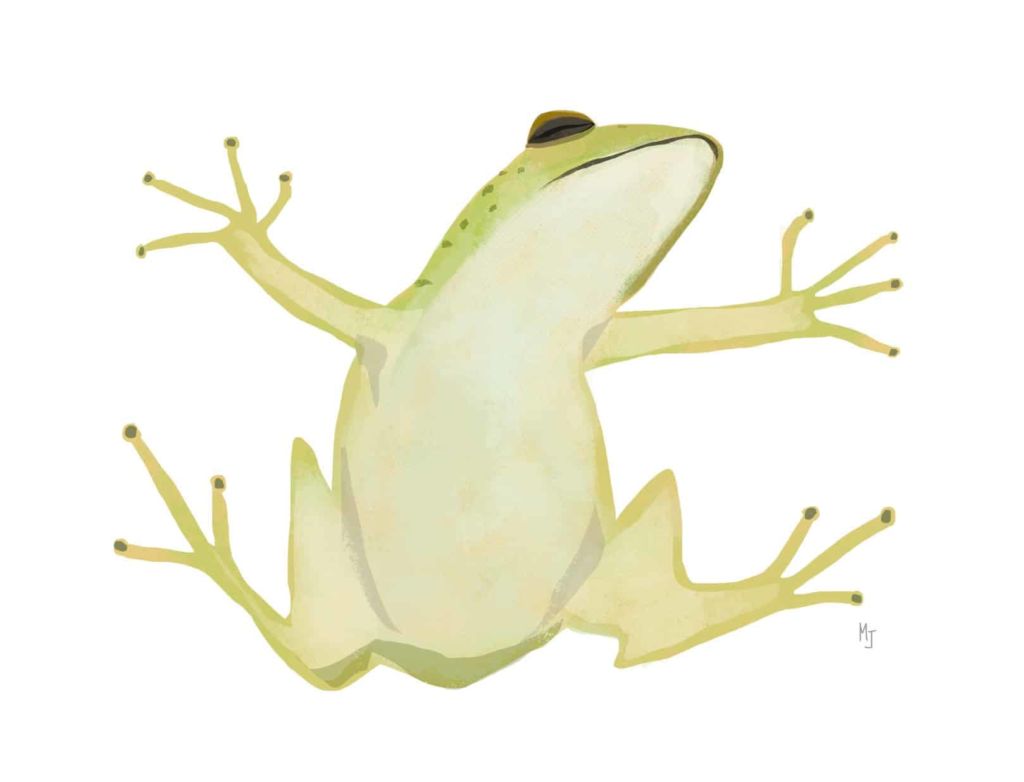
Formally known as Osteopilus septentrionalis, the Cuban tree frog is the worst kind of visitor. Believed to have hitchhiked into Florida from Cuba, the Cayman Islands and the Bahamas onboard cargo ships, these pests poop on walls, invade birdhouses and even find their way into human homes, where you’ll find them in toilets and sink drains.
Capturing them is easier said than done. The frogs secrete mucus that will irritate the eyes and noses of humans. It’s best to use a plastic bag to capture them. Experts at the University of Florida recommend that you “euthanize them humanely” right away (as it’s illegal to re-release them into the environment).
How do you euthanize them? Oh, it’s a crazy procedure involving first aid sprays and your freezer. If your imagination can’t connect the dots, read the official instructions here.
Read Next: 10 Florida Urban Legends That Will Keep You Awake At Night
Green Iguana
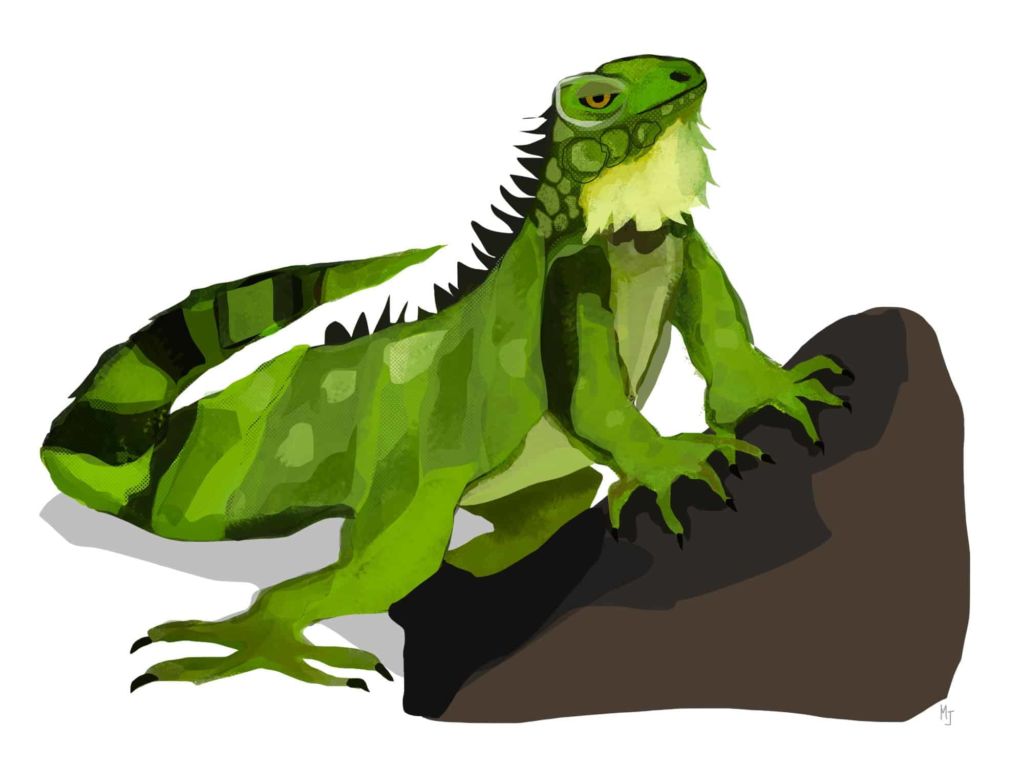
Invasive lizards in Florida? If you thought these seemingly harmless but scary creatures are homegrown, you’d be wrong. The green iguana in particular has become a real menace.
Despite their name, these large lizards also can be brown or almost black in color. They’re distinguished by the long row of spikes that link their neck, back and tail. And if that’s not enough to haunt your nightmares, they can grow to more than 5 feet long and weigh up to 17 pounds.
How did they get here? As pets that escaped their friendly confines or were released when they grew too big, reports say. Though permits are now required to own a green iguana as a pet, that’s no consolation to homeowners who watch them destroy landscaping and vegetable gardens.
As a non-native species that’s invasive, green iguanas can be killed – humanely – on private property year-round.
Wild Hogs
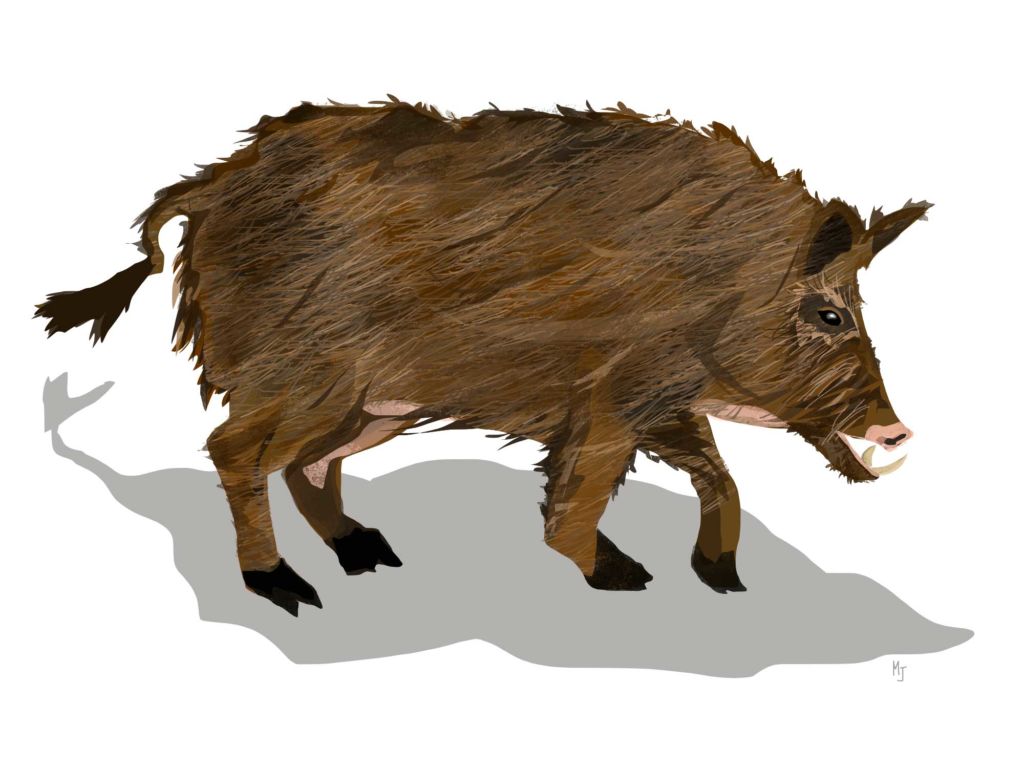
No, not the 2007 movie, though star John Travolta does have a home in Florida, so maybe he counts? Wild hogs are exactly what they sound like – though they also go by feral hog, wild boar or even as a piney woods rooter.
Though not native to Florida per se, they could claim squatter’s rights – they’re believed to have arrived on the ships of Spanish explorer Hernando DeSoto in the 1500s. Today, an estimated half a million hogs roam the state.
Unlike their distant cousins in “Charlotte’s Web” and “Babe,” the Florida variety can be quite a pest and a chore to chase away due to their size. (They can weigh up to 150 pounds and reach a body length of 6 feet.)
Some sturdy fencing usually can keep a wild hog at bay and out of your gardens, but it’s good to know they can be trapped or hunted on private property year-round with no permits required.
Green Mussels
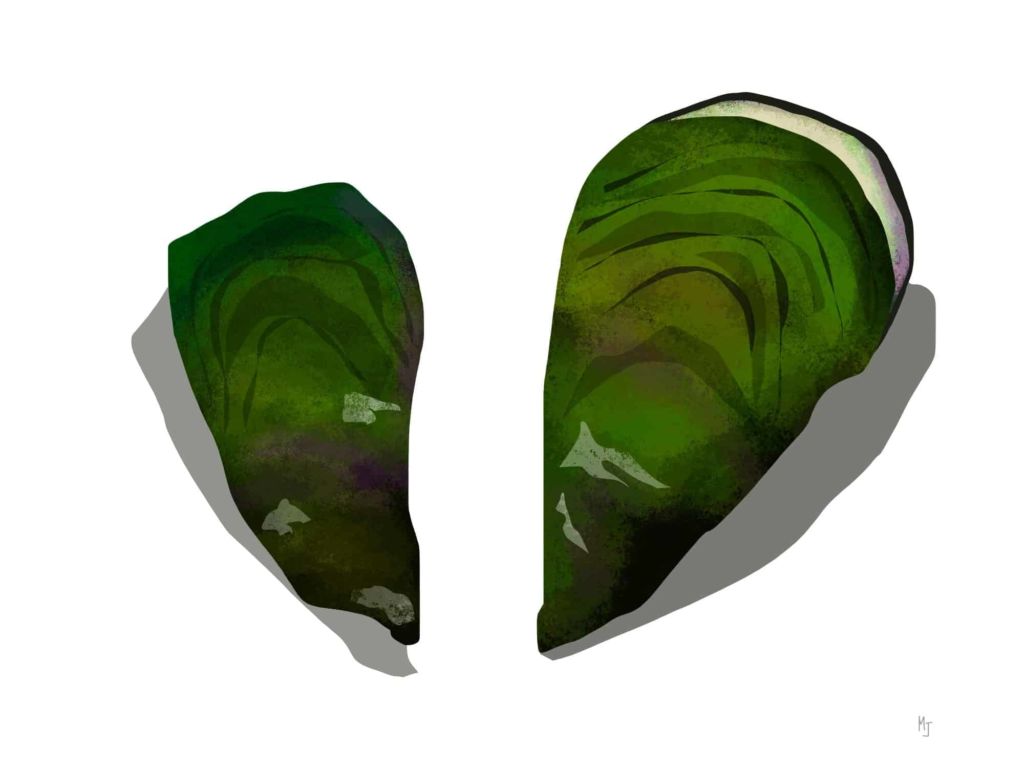
The name alone – Asian green mussels – should be a good indicator they’re not native to Florida’s oceans and bays.
In comparison to other invasive species on our list, the green mussel is a relative newcomer, having only made its home here since the 1990s. The Florida Fish and Wildlife Conservation Commission believes they arrived as larvae trapped in tanker ballast water. Within years, they had spread across Florida’s harbors and up the East Coast as far north as South Carolina.
What harm do green mussels do in Florida? The shelled creatures like to settle on submerged surfaces – generally an area that an oyster would prefer. Because they breed faster than native Florida species, they’re crowding everyone else out of the water.
To answer the obvious question: Yes, you can eat them. In fact, they’re a delicacy in some Asian and Pacific regions. But as always, follow health safety guidelines when preparing and cooking any shellfish.

